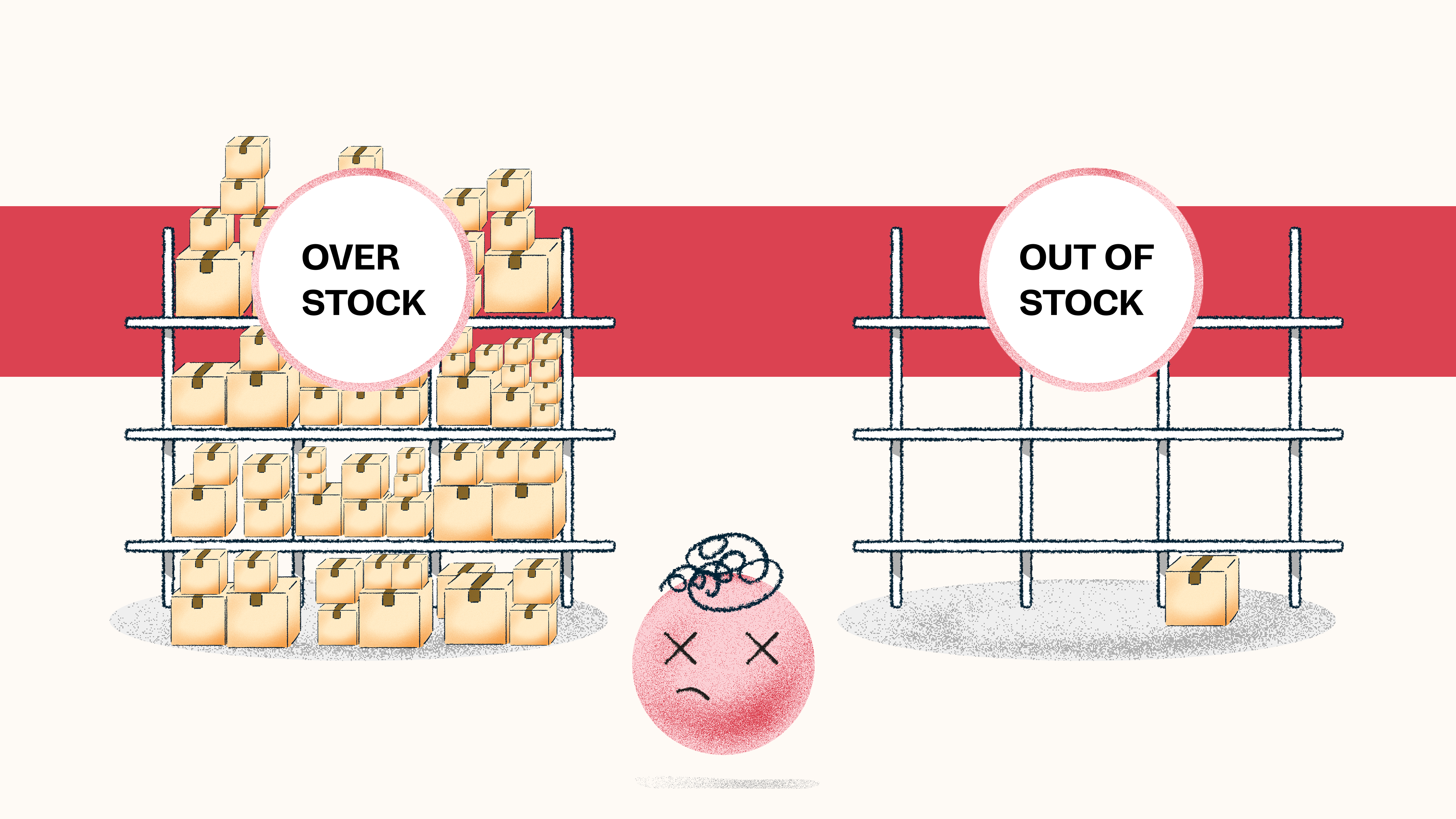
How to protect Black Friday revenue
Black Friday has become the biggest sales opportunity of the year for UK retailers, but it’s also the most unforgiving. In 2024, UK shoppers were expected to spend around £3.8 billion across Black Friday and Cyber Monday, a 27% increase on the previous year. Yet despite this surge in demand, many retailers still lost out because they weren’t ready.
Research shows that 46% of UK retailers have experienced stockouts that directly resulted in lost revenue, with luxury brands hit hardest (Prime AI). For shoppers, the frustration is clear: 82% of UK supermarket customers say they encountered out-of-stock items in the past year (Supply Chain Brain), and 57% of in-store shoppers reported abandoning purchases altogether when items weren’t available (BIRA).
Even more worrying for retailers, 41% of UK consumers say they would stop shopping with a brand altogether if they faced repeated stockouts (Stok.ly). Stockouts are now estimated to cost UK retailers a staggering £15 billion every year (IHL Group via Stok.ly).
In short: when stock planning goes wrong, the cost is not just lost sales, it’s long-term customer loyalty.

The stock planning mistakes retailers make
Even when retailers prepare early, common mistakes can still wipe out millions:
Over-reliance on last year’s data
Forecasting Black Friday stock based only on 2024 sales is risky. Consumer tastes shift quickly, and what worked last year may flop this year. A smarter approach layers historical data with current trends, traffic insights, and promotional plans.
Failing to model multiple scenarios
Black Friday is unpredictable. Viral products, influencer campaigns, or competitor promotions can spike demand overnight. Brands that fail to build “what if” scenarios are forced into reactive decisions that either oversell or overspend.
Not aligning stock with cash flow
Overstocking ties up working capital and risks January markdowns. Understocking costs sales. Smart planning balances inventory with cash flow and logistics capacity, ensuring agility without financial strain.

Smarter moves to secure peak season success
Retailers who want to turn Black Friday into a success story should:
Use real-time demand signals Analyse traffic, wishlists, and pre-order interest to identify likely bestsellers. This allows stock commitments to match demand more accurately, reducing both overstock and stockout risk.
Build multiple demand scenarios Create best-case, expected, and worst-case models for peak season. For example, model what happens if your top product doubles in demand, or a late shipment impacts a promotion. Scenario planning in advance leaves time to secure stock or adjust campaigns.
Align stock with cash flow and logistics Plan replenishment waves that align with working capital and warehouse capacity. Staggered orders can reduce the risk of overstocks while keeping enough flexibility to meet demand.
The payoff of smarter planning
Black Friday is a high-stakes event. Billions are on the table, but only for retailers who can deliver the right products at the right time. With nearly half of UK retailers already losing sales to stockouts and shoppers ready to abandon brands after repeated disappointment, the message is clear: smarter, earlier planning is not just a competitive advantage, it’s essential to survival.
Get your free Peak Trading Planning Checklist

Peak season success isn’t about luck — it’s about preparation. So we've created the ultimate guide to help you do just that.
